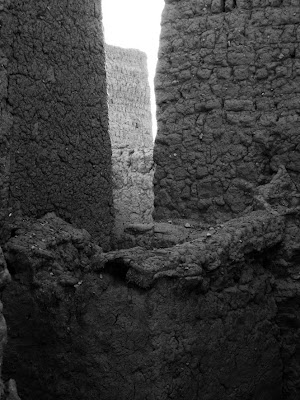
One more 3D print to chew (over)...
The project in this entry has already been floating around the blog-sphere for a while, but as it relates to some of the more recent posts dealing with a similar topic I though it might be worthy to also be included here (to access the original posts click here and here)... Apparently Philips Design in Eindhoven have also dabbled with some ideas relating to bespoke food production in the context of Additive Manufacturing. Somewhat suggestive of Heston Blumenthal's culinary inventions, this, still conceptual, project which is a part of the company's Design Probes scheme, which aims to explore and predict (guesstimate) how we might live in a decade or two. The design, which works in a similar fashion to a 3D Printer, would 'fabricate' (cook and assemble) a meal based on each individuals nutritional needs (which would be read through a 'scanning wand' nutritional monitor) and partly from food grown in ones own Home Farm...
Click here for a link to the original article...
A link to a related R&D project by Philips Design, which in this instance aims to 'enrich' the act of consumpting food through the stimulation of a more multi-dimensional perceptual realm, can be viewed by clicking here...
























